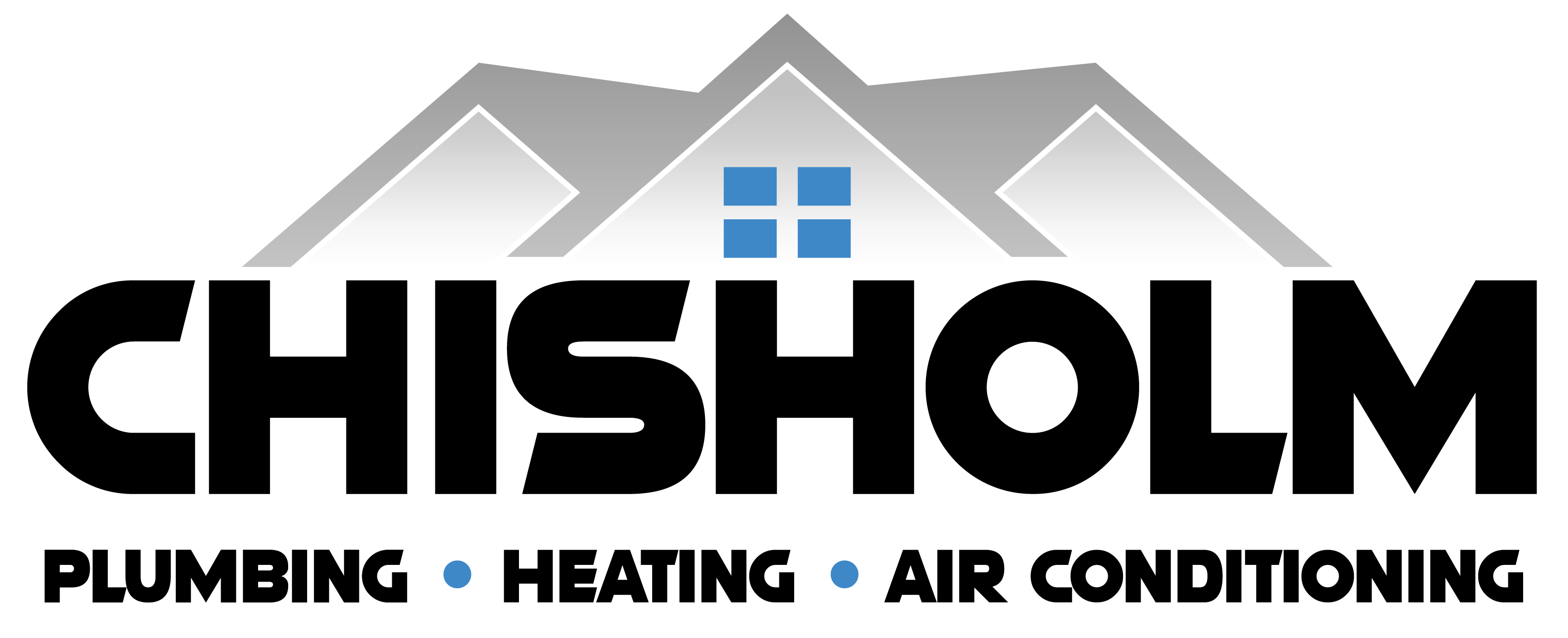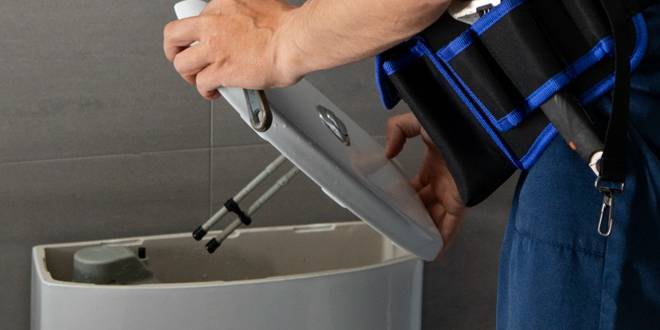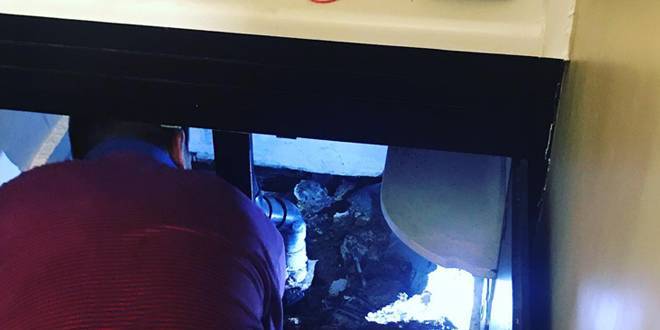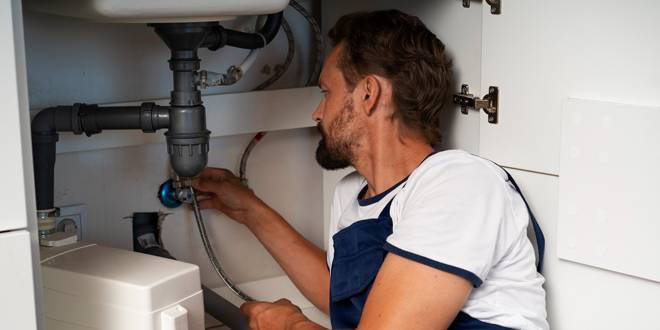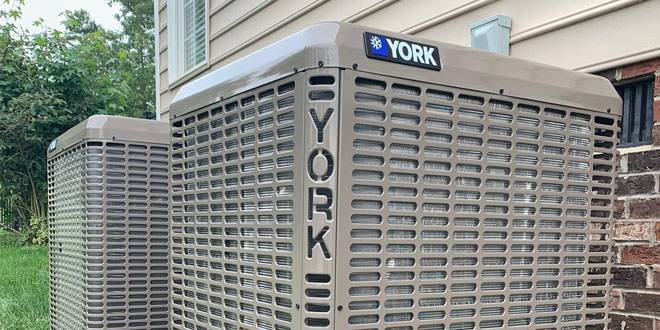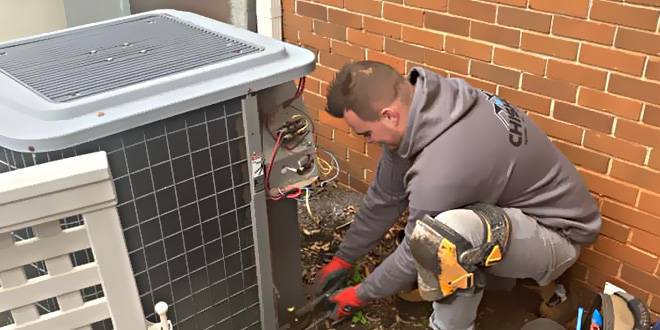Winter in Greenville, Greer, and the surrounding Upstate South Carolina area can be unpredictable. Some years, we enjoy mild, crisp mornings. Other years, a sudden cold snap can drop temperatures into the 20s seemingly overnight. When that happens, the last thing you want is to discover your furnace isn’t working.
Preparing your furnace before winter hits isn’t just about staying warm, it’s about avoiding costly repairs, improving energy efficiency, and making sure your family is safe and comfortable. With over 50 years of combined HVAC experience, Chisholm Plumbing, Heating & Air knows the difference a little preventive care can make.
Here’s your step-by-step guide to getting your furnace winter-ready.
Step 1: Change or Clean Your Furnace Filter
Your furnace filter is your first line of defense against dust, dirt, and allergens. Over time, filters get clogged, forcing your furnace to work harder to push warm air through your home. This increases energy usage and shortens the life of your system.
Why it matters:
- Improves airflow
- Reduces strain on your furnace motor
- Keeps indoor air cleaner
How to do it:
- Turn off your furnace.
- Locate the filter (usually near the return air duct or blower compartment).
- If it’s disposable, replace it with one of the same size.
- If it’s reusable, follow the manufacturer’s instructions for cleaning.
Pro Tip: During the peak heating season, check your filter monthly. In many Upstate homes, replacing it every 1–3 months is best.
Step 2: Inspect and Clean Vents & Ducts
Blocked or dirty vents can make your furnace less effective and unevenly heat your home. Over time, dust, pet hair, and even small objects can accumulate in registers and ductwork.
DIY maintenance:
- Walk through your home and make sure all vents are open and free of obstructions like furniture or rugs.
- Vacuum dust from registers using a hose attachment.
When to call a pro:
If you notice excessive dust, visible mold, or pest droppings inside your ducts, it’s time for a professional cleaning. This not only improves air quality but also helps your furnace operate more efficiently.
Step 3: Test the Thermostat
Your thermostat is the “control center” for your furnace. If it’s not working properly, your furnace won’t heat your home effectively.
Quick test:
- Set your thermostat to “heat” mode.
- Increase the temperature 3–5 degrees above your current room temperature.
- Wait to see if the furnace kicks on promptly.
If you experience a delay, fluctuating temperatures, or no response, you may need new batteries, recalibration, or even a thermostat replacement.
Pro Tip: Upgrading to a programmable or smart thermostat can help you save on energy costs, especially during unpredictable Upstate winters.
Step 4: Listen for Unusual Noises
A healthy furnace typically makes a low, consistent hum when running. If you start hearing rattles, bangs, squeals, or grinding noises, it could be a sign of worn parts, loose components, or airflow problems.
Common sounds and possible causes:
- Banging or popping: Dirty burners or expanding ducts
- Squealing: Worn blower belt or motor bearings
- Rattling: Loose panels or screws
Don’t ignore unusual noises, they’re your furnace’s way of asking for help before a breakdown.
Step 5: Schedule a Professional Furnace Tune-Up
Even if your furnace seems to be running fine, an annual tune-up can catch small issues before they turn into major problems. At Chisholm Plumbing, Heating & Air, our tune-up service includes:
- Checking and tightening electrical connections
- Cleaning internal components
- Inspecting heat exchangers for cracks (important for preventing carbon monoxide leaks)
- Testing safety controls and thermostat calibration
- Lubricating moving parts
Why it matters:
- Increases system efficiency
- Reduces the risk of mid-winter breakdowns
- Extends the lifespan of your furnace
For Greenville and Greer homeowners, we recommend scheduling your tune-up in early fall so you’re ready before the first cold front.
Bonus Tip: Seal Drafts Around Your Home
Even the best furnace can’t keep your home comfortable if warm air is leaking out and cold air is sneaking in. Before winter hits:
- Check windows and doors for gaps and apply weatherstripping or caulk where needed.
- Inspect attic insulation to make sure it meets recommended levels.
- Close fireplace dampers when not in use.
Sealing drafts helps your furnace run less often, saving you money and keeping your home evenly warm.
When to Call Chisholm for Furnace Service
If you notice any of these signs, it’s time to call in the pros:
- Furnace struggles to heat your home evenly
- Heating bills suddenly spike without increased usage
- You smell gas or notice signs of carbon monoxide (like headaches or dizziness)
- Your furnace is over 15 years old and showing signs of wear
At Chisholm Plumbing, Heating & Air, we’re proud to serve homeowners across Greenville, Greer, and the Upstate with honest advice, expert repairs, and thorough maintenance. Our technicians treat your home like it’s their own, arriving on time, respecting your space, and making sure you’re comfortable before we leave.
Be Ready Before the First Freeze
Winter can creep up fast in the Upstate, and furnace problems have a way of showing up at the worst possible time. By taking a few hours now to prepare, and scheduling a professional inspection, you’ll ensure a warm, worry-free season.
If your furnace needs a tune-up, repair, or replacement, call Chisholm Plumbing, Heating & Air today at [phone number] or schedule your service online. We’re here to keep Greenville, Greer, and the surrounding areas warm, safe, and comfortable all winter long.
